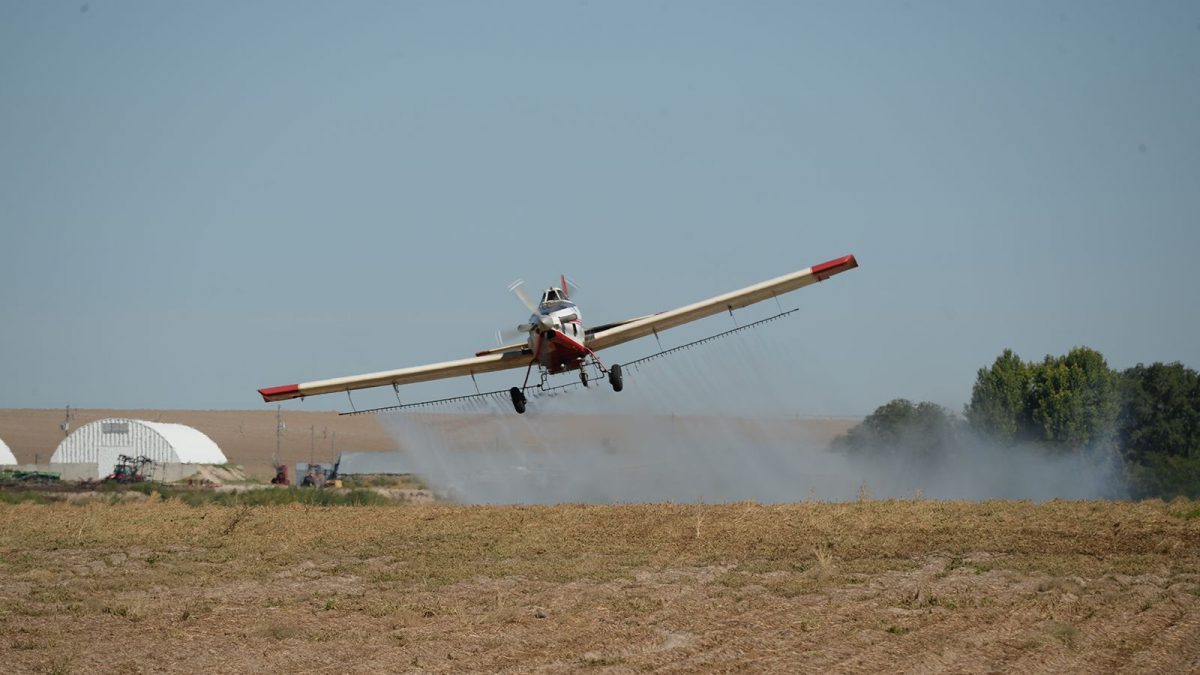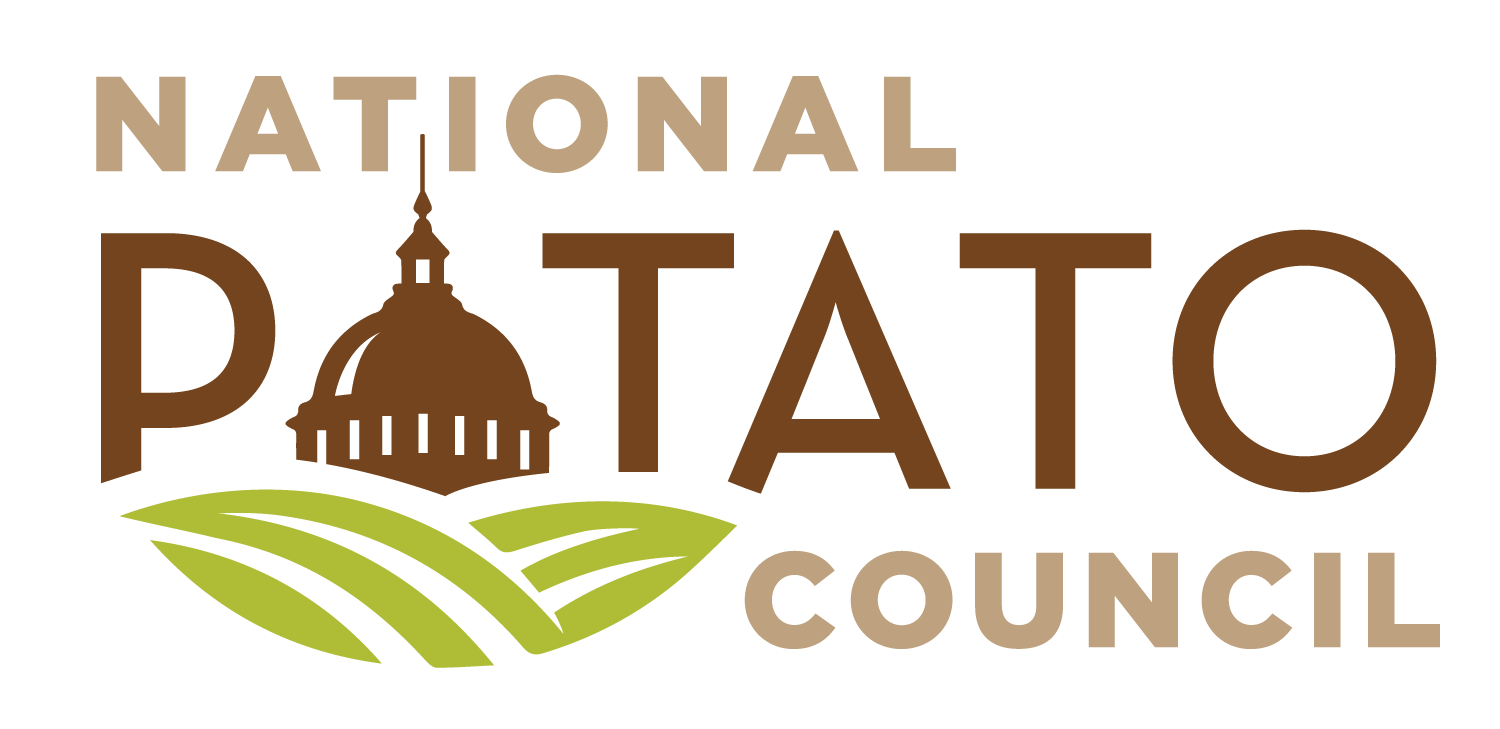Rule clarifies and simplifies application exclusion zone requirements

The U.S. EPA this week announced revisions to the Agricultural Worker Protection Standards (WPS) to clarify and simplify the application exclusion zone (AEZ) requirements. The AEZ is the term used in the WPS rule and refers to the area surrounding the pesticide application equipment that must be free of all persons other than appropriately trained and equipped handlers during pesticide applications.
Specifically, EPA is amending the AEZ requirements by:
- Modifying the AEZ so it is applicable and enforceable only on an agricultural employer’s property, as proposed;
- Adding clarifying language indicating that pesticide applications, which have been suspended due to individuals entering an AEZ on the establishment, may be resumed after those individuals have left the AEZ;
- Excepting agricultural employers and handlers from the requirement to suspend applications owing to the presence within the AEZ of persons not employed by the establishment who are in an area subject to an easement that prevents the agricultural employer from temporarily excluding those persons from that area;
- Allowing the owners and their immediate family (as defined in 40 CFR 170.305) to shelter in place inside closed buildings, housing, or shelters within the AEZ, and allowing the application performed by handlers to proceed provided that the owner has instructed the handlers that only the owner’s immediate family are inside the closed shelter and that the application should proceed despite their presence; and
- Simplifying and clarifying criteria and factors for determining AEZ distances of either 100 or 25 feet by basing the AEZ on application method. EPA has removed the language and criteria pertaining to spray quality and droplet size, as proposed, so that all ground spray applications from a height greater than 12 inches are subject to the same 25-foot AEZ.
The final rule states, “The primary benefit of revising the AEZ requirements is a reduction in the complexity of applying a pesticide and improving the compliance and enforceability of the requirements. This deregulatory action is expected to reduce the burden for affected entities because the revised requirements are expected to substantially reduce the complexity of arranging and conducting a pesticide application. EPA has not, however, quantified the anticipated cost savings.”
NPC is evaluating the final rule to further understand the implications on potato production and ensuring regulations are not overly burdensome while also protecting the safety of growers and their employees. The final rule can be found here.

